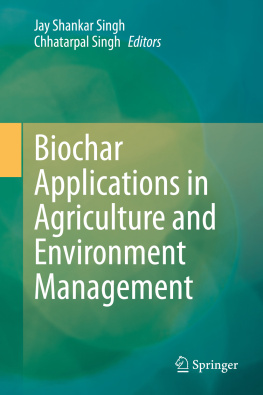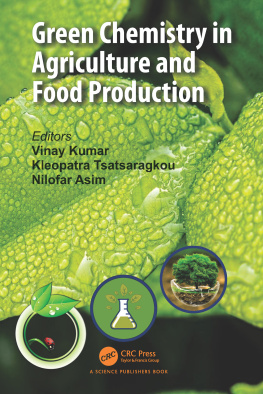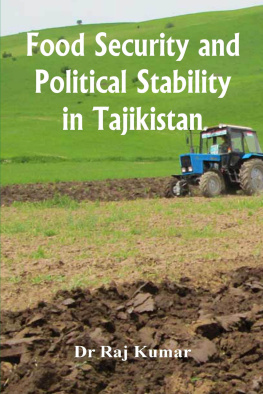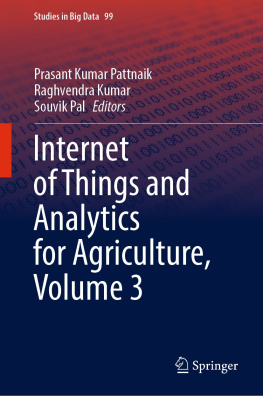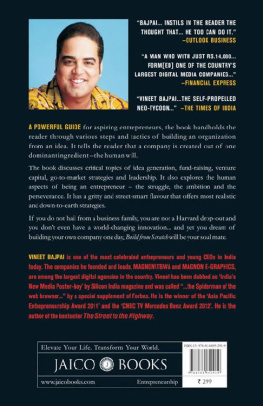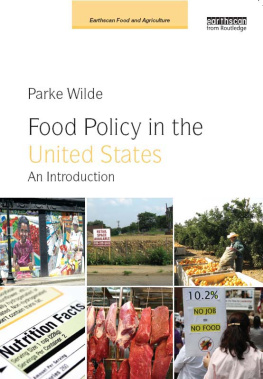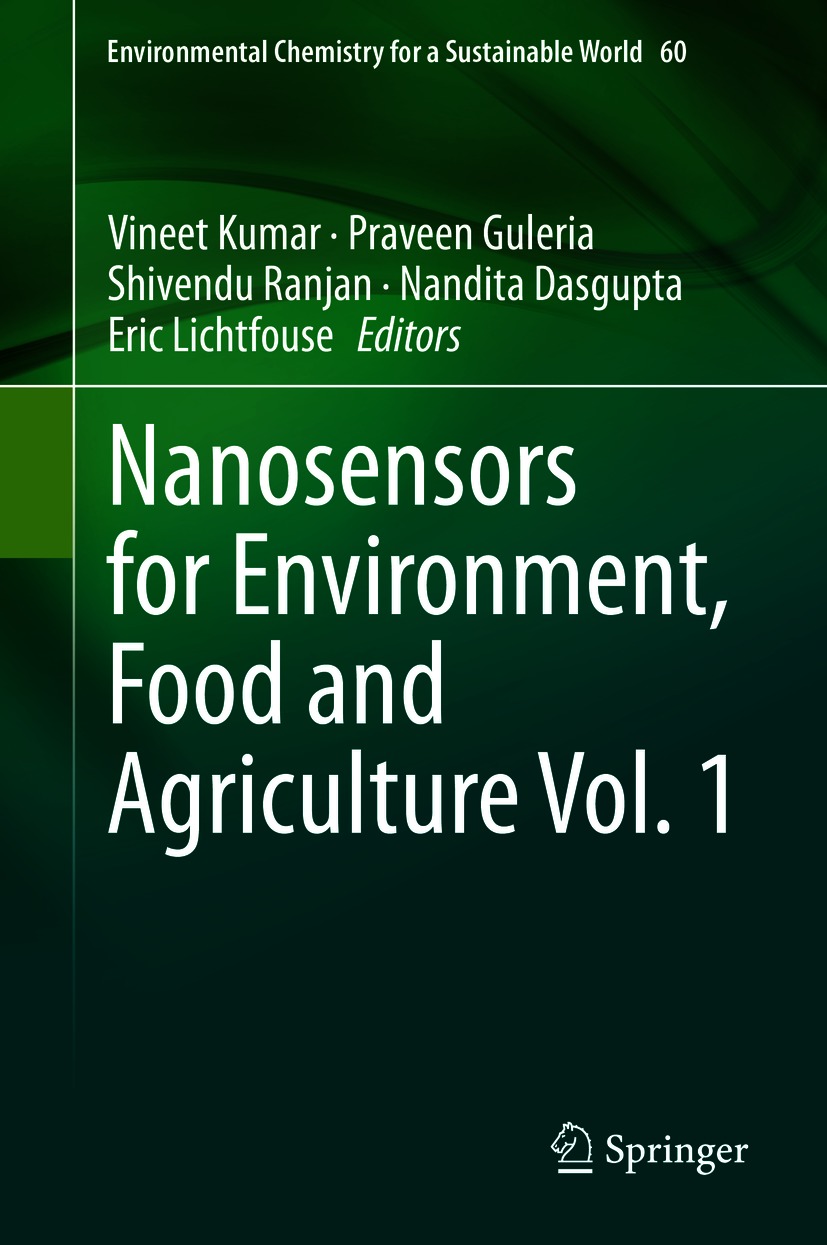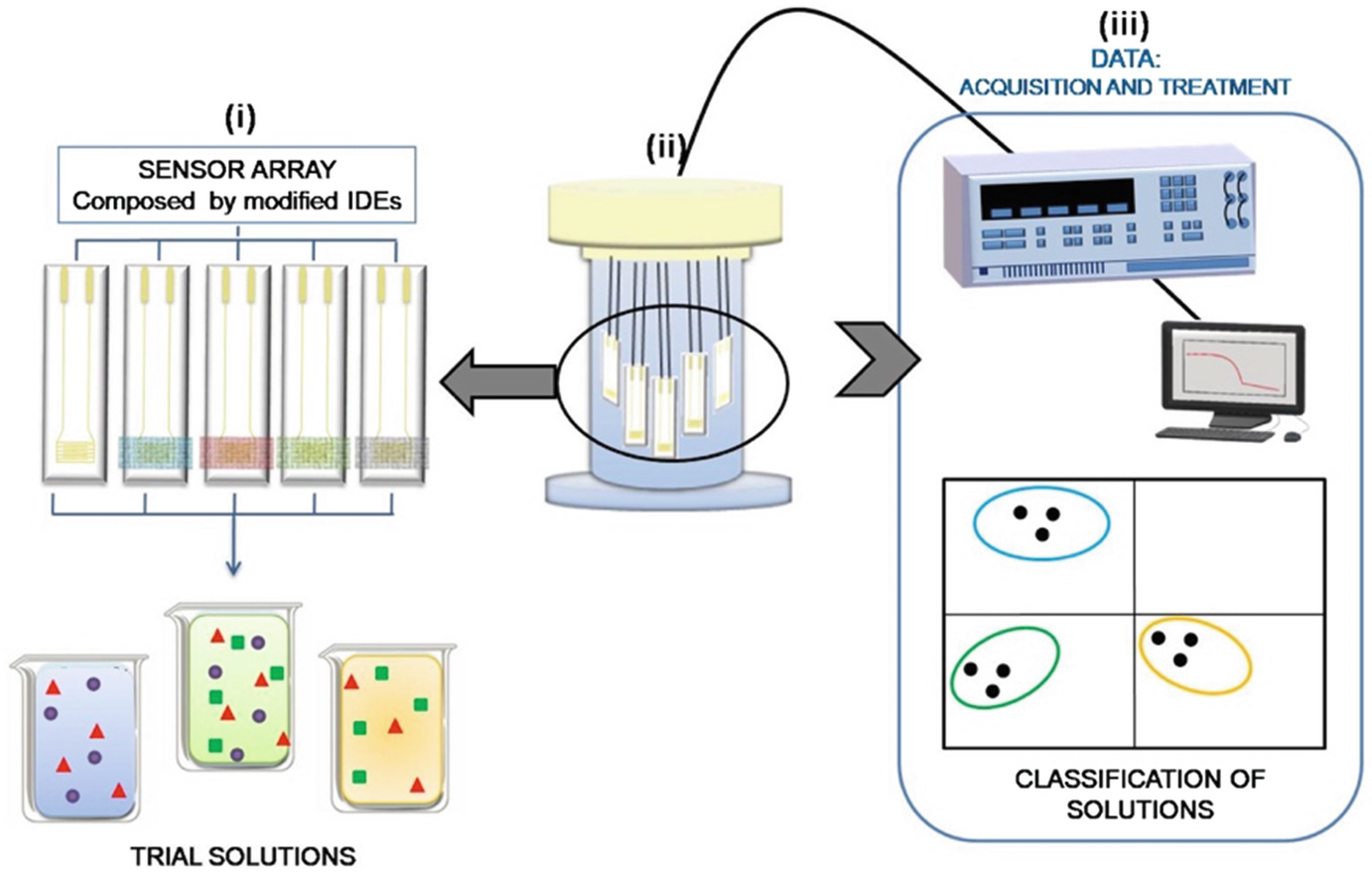Volume 60
Environmental Chemistry for a Sustainable World
Series Editors
Eric Lichtfouse
Aix-Marseille University, CNRS, IRD, INRAE, Coll France, CEREGE, Aix-en-Provence, France
Jan Schwarzbauer
RWTH Aachen University, Aachen, Germany
Didier Robert
CNRS, European Laboratory for Catalysis and Surface Sciences, Saint-Avold, France
Environmental chemistry is a fast developing science aimed at deciphering fundamental mechanisms ruling the behaviour of pollutants in ecosystems. Applying this knowledge to current environmental issues leads to the remediation of environmental media, and to new, low energy, low emission, sustainable processes. The topics that would be covered in this series, but not limited to, are major achievements of environmental chemistry for sustainable development such as nanotech applications; biofuels, solar and alternative energies; pollutants in air, water, soil and food; greenhouse gases; radioactive pollutants; endocrine disruptors and other pharmaceuticals; pollutant archives; ecotoxicology and health risk; pollutant remediation; geoengineering; green chemistry; contributions bridging unexpectedly far disciplines such as environmental chemistry and social sciences; and participatory research with end-users.
The books series will encompassOther disciplines include:Audience:Edited volumes: all scientific aspects of environmental chemistry through a multidisciplinary approach: Environmental Engineering/Biotechnology, Waste Management/Waste Technology, Pollution, general, Atmospheric Protection/Air Quality Control/Air Pollution, Analytical Chemistry. Agriculture, Building Types and Functions, Climate Change, Ecosystems, Ecotoxicology, Geochemistry, Nanochemistry, Nanotechnology and Microengineering, Social Sciences. The aim of the series is to publish 2 to 4 book per year. Academic/Corporate/Hospital Libraries, Practitioners / Professionals, Scientists / Researchers, Lecturers/Tutors, Graduates, Type of books (edited volumes, monographs, proceedings, textbooks, etc.). List of subject areas the series will cover: Analytical chemistry, novel methods Biofuels, alternative energies Biogeochemistry Carbon cycle and sequestration Climate change, greenhouse gases Ecotoxicology and risk assessment Environmental chemistry and the society Genomics and environmental chemistry Geoengineering Green chemistry Health and environmental chemistry Internet and environmental chemistry Nanotechnologies Novel concepts in environmental chemistry Organic pollutants, endocrine disrupters Participatory research with end-users Pesticides Pollution of water, soils, air and food Radioactive pollutants Remediation technologies Waste treatment and recycling Toxic metals
Environmental Chemistry
http://www.springer.com/978-3-540-22860-8
Organic Contaminants in Riverine and Groundwater Systems
http://www.springer.com/978-3-540-31169-0
Sustainable Agriculture
Volume 1: http://www.springer.com/978-90-481-2665-1
Volume 2: http://www.springer.com/978-94-007-0393-3
Book series
Environmental Chemistry for a Sustainable World
http://www.springer.com/series/11480
Sustainable Agriculture Reviews
http://www.springer.com/series/8380
Journal
Environmental Chemistry Letters
http://www.springer.com/10311
More information about this series at http://www.springer.com/series/11480
Editors
Vineet Kumar
Department of Biotechnology, Lovely Professional University, Jalandhar, Punjab, India
Praveen Guleria
Plant Biotechnology & Genetic Engineering Lab, Department of Biotechnology, DAV University, Jalandhar, Punjab, India
Shivendu Ranjan
Faculty of Engineering and the Built Environment, University of Johannesburg, Johannesburg, South Africa
Nandita Dasgupta
Department of Biotechnology, Institute of Engineering and Technology, Lucknow, Uttar Pradesh, India
Eric Lichtfouse
Aix Marseille University, CNRS, IRD, INRAE, Coll France, CEREGE, Aix-en-Provence, France
ISSN 2213-7114 e-ISSN 2213-7122
Environmental Chemistry for a Sustainable World
ISBN 978-3-030-63244-1 e-ISBN 978-3-030-63245-8
https://doi.org/10.1007/978-3-030-63245-8
The Editor(s) (if applicable) and The Author(s), under exclusive license to Springer Nature Switzerland AG 2021
This work is subject to copyright. All rights are solely and exclusively licensed by the Publisher, whether the whole or part of the material is concerned, specifically the rights of translation, reprinting, reuse of illustrations, recitation, broadcasting, reproduction on microfilms or in any other physical way, and transmission or information storage and retrieval, electronic adaptation, computer software, or by similar or dissimilar methodology now known or hereafter developed.
The use of general descriptive names, registered names, trademarks, service marks, etc. in this publication does not imply, even in the absence of a specific statement, that such names are exempt from the relevant protective laws and regulations and therefore free for general use.
The publisher, the authors and the editors are safe to assume that the advice and information in this book are believed to be true and accurate at the date of publication. Neither the publisher nor the authors or the editors give a warranty, expressed or implied, with respect to the material contained herein or for any errors or omissions that may have been made. The publisher remains neutral with regard to jurisdictional claims in published maps and institutional affiliations.
This Springer imprint is published by the registered company Springer Nature Switzerland AG
The registered company address is: Gewerbestrasse 11, 6330 Cham, Switzerland
Preface
Food security is a major issue for human health in the context of climate change, global pollution, and rising population. In particular, the identification of contaminated food should improve food quality, yet classical analytical techniques are limited. This challenge has been solved by the recent development of nanosensors for food and the environment. Nanosensors enable ultrasensitive detection of multiple contaminants . Nanosensors are very specific because they are designed to bind selectively with some contaminants . Here, functional or biological recognition of the contaminant triggers an electric signal, which is converted into a readable computer graphic. This book gathers recent advances in the development of nanosensors for food, agriculture , and the environment . Nanosensors for the detection of heavy metals are reviewed in Chaps. ), and discuss the use of green composites, for example, cellulose and proteins.



